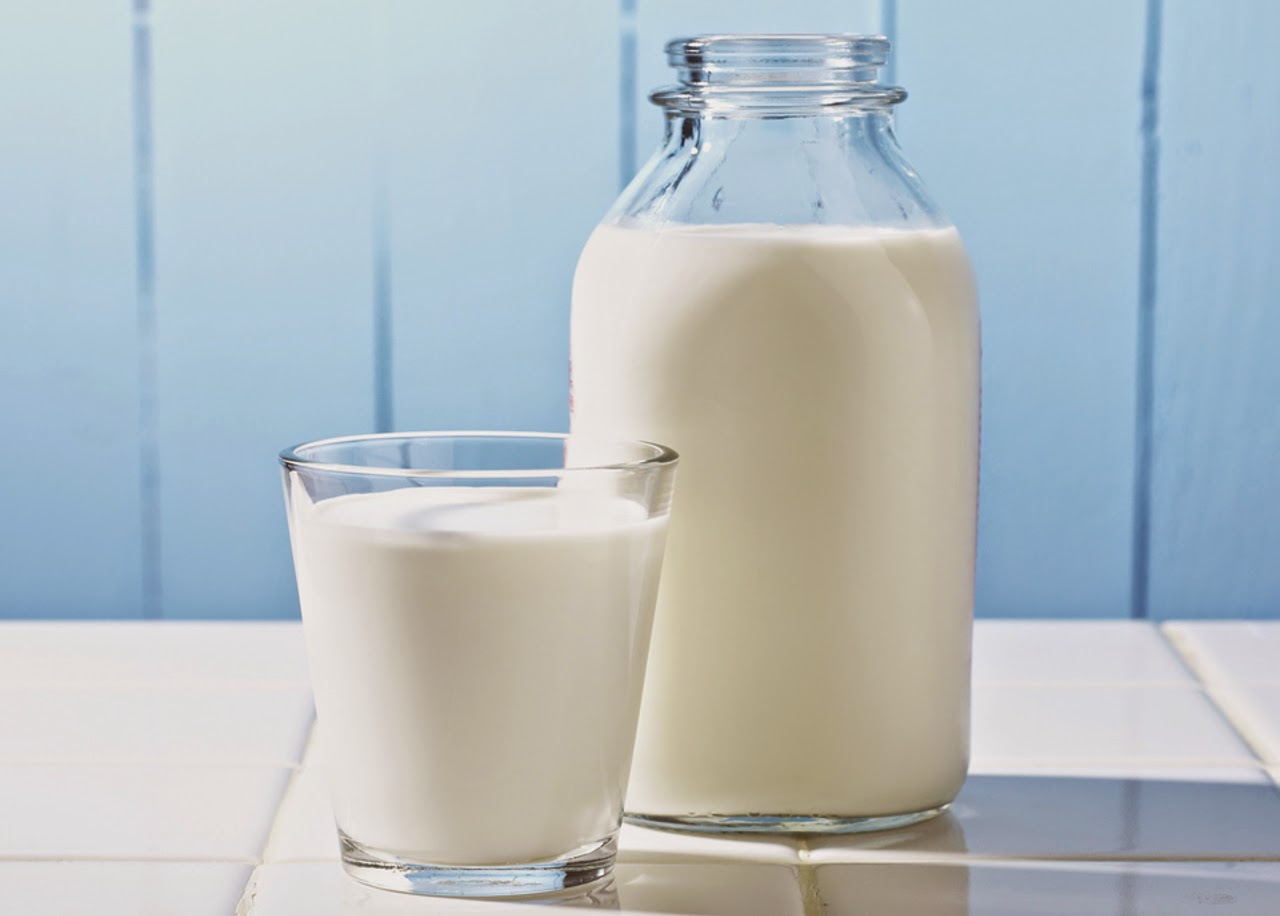Exploring The Wonders Of Milk: Benefits, Types, And Nutritional Values
Milk is a staple in many diets around the world, known for its rich nutritional profile and versatility. From being a vital source of calcium and protein to its various uses in cooking and baking, milk plays a significant role in our daily nutrition. In this article, we will delve into the various aspects of milk, exploring its benefits, types, and the nutritional values it offers.
Understanding milk is essential, especially when considering dietary choices that impact our health. Whether you are lactose intolerant, seeking plant-based alternatives, or simply looking to enhance your diet with nutritious options, this article will provide valuable insights. We will also examine the role of milk in different cultures and how it has evolved over time.
Join us as we uncover the wonders of milk, its health benefits, and why it remains a crucial part of many people's diets worldwide.
Table of Contents
- Benefits of Milk
- Types of Milk
- Nutritional Values of Milk
- Milk in Different Cultures
- Lactose Intolerance and Alternatives
- Milk in Cooking and Baking
- Sustainability and Dairy Farming
- Conclusion
Benefits of Milk
Milk is often referred to as a complete food due to its extensive range of nutrients. Here are some of the key benefits:
- Rich in Calcium: Essential for bone health and development.
- High in Protein: Supports muscle growth and repair.
- Vitamins and Minerals: Contains vitamins A, D, B12, and minerals like potassium and phosphorus.
- Hydration: Milk is composed of about 87% water, making it a good source of hydration.
Numerous studies have shown that regular consumption of milk can lead to improved bone density and a lower risk of osteoporosis later in life.
Types of Milk
Milk comes in various forms, each with its unique characteristics and benefits. Here are some common types:
1. Cow's Milk
The most commonly consumed type of milk, cow's milk is available in various fat content levels such as whole, low-fat, and skim.
2. Goat's Milk
Goat's milk is often easier to digest than cow's milk and is rich in calcium and vitamin B6.
3. Plant-Based Milk Alternatives
With the rise of veganism and lactose intolerance, plant-based milk alternatives have gained popularity. These include:
- Almond Milk: Low in calories and rich in vitamin E.
- Soy Milk: High in protein and often fortified with calcium.
- Oat Milk: Creamy texture and naturally sweet.
Nutritional Values of Milk
Understanding the nutritional values of milk is crucial for making informed dietary choices. Here is a breakdown of the nutrients found in one cup (240 ml) of whole cow's milk:
| Nutrient | Amount |
|---|---|
| Calories | 150 |
| Protein | 8 grams |
| Fat | 8 grams |
| Carbohydrates | 12 grams |
| Calcium | 300 mg |
| Vitamin D | 2.5 mcg |
These nutritional values highlight the importance of milk as a source of essential nutrients necessary for overall health.
Milk in Different Cultures
Milk has been an integral part of various cultures throughout history. Different regions have their unique dairy practices:
- Middle Eastern Cuisine: Yogurt is a staple, often used in dips and marinades.
- Indian Cuisine: Paneer (Indian cheese) and ghee (clarified butter) are commonly used.
- European Cuisine: Cheese production is highly developed, with various types enjoyed across the continent.
These cultural differences showcase the versatility of milk and its derivatives in enhancing flavors and nutritional value in meals.
Lactose Intolerance and Alternatives
Lactose intolerance affects a significant portion of the population, causing discomfort when consuming dairy products. Fortunately, there are several alternatives:
- Lactose-Free Milk: Treated to remove lactose, making it easier to digest.
- Plant-Based Milks: As mentioned earlier, options such as almond, soy, and oat milk are excellent substitutes.
Individuals with lactose intolerance can still enjoy the benefits of milk by choosing these alternatives.
Milk in Cooking and Baking
Milk is a versatile ingredient used in various culinary applications, including:
- Soups and Sauces: Adds creaminess and richness.
- Baking: Essential for making cakes, cookies, and bread.
- Desserts: Used in puddings, custards, and ice creams.
Its ability to enhance the texture and flavor of dishes makes milk a key ingredient in many recipes.
Sustainability and Dairy Farming
As consumers become more conscious of sustainability, the dairy industry faces challenges and opportunities:
- Ethical Farming Practices: Emphasizing humane treatment of animals.
- Environmental Impact: Efforts to reduce the carbon footprint and waste associated with dairy farming.
Supporting sustainable dairy practices can contribute to a healthier planet while enjoying the benefits of milk.
Conclusion
In conclusion, milk is a nutritional powerhouse with a wide range of benefits, types, and culinary uses. Whether you enjoy cow's milk, goat's milk, or plant-based alternatives, incorporating milk into your diet can support your health and well-being. We encourage you to explore various milk options and find what works best for your lifestyle.
What are your favorite ways to enjoy milk? Share your thoughts in the comments below!
Thank you for reading! We hope you found this article informative and engaging. Don't forget to check out our other articles for more exciting content.
Unlocking The Power Of Google Rank Checker Toolbar: Your Ultimate Guide
Exploring The World Of HD Sexy Videos: A Comprehensive Guide
Diva Flawless MMS: The Ultimate Guide To Achieving Radiant Skin


